PH Participation History
The Philippines has a rich history of participation in World Expos, using these international platforms to showcase its vibrant cultural heritage, economic potential, and innovative advancements. Below is a summary of key milestones in the Philippines’ journey through World Expos:
Expo 1962 – Seattle, USA
The Philippines began participating in World Expos in 1962 at the Seattle World’s Fair. This event marked the country’s debut on the global exposition stage as an independent nation. The pavilion showcased Filipino craftsmanship, culture, and diverse natural resources, highlighting its potential to the international audience.
Expo 1970 – Osaka, Japan
The Philippines significantly impacted at Expo 1970 in Osaka, Japan, themed “Progress and Harmony for Mankind.” The pavilion emphasized the country’s cultural richness and modernization, featuring exhibits celebrating Filipino artistry, agriculture, and advancements in science and technology. This participation solidified the Philippines’ presence in international expositions and showcased its evolving identity on the global stage.
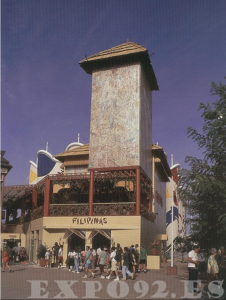
Expo 1992 – Seville, Spain
At Expo 1992 in Seville, Spain, commemorating the 500th anniversary of Columbus’s voyage, the Philippines highlighted its maritime heritage. The pavilion symbolized the historical ties between the Philippines and Spain while emphasizing the nation’s contemporary contributions to global culture and trade.
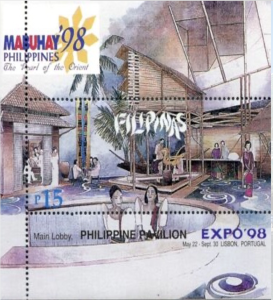
Expo 1998 – Lisbon, Portugal
Commemorating the 500th anniversary of Vasco de Gama’s discovery of the sea route to India, Expo ’98 brought Portugal its first world’s fair. Inspired by the success of Seville’s Expo ’92, Portugal chose an ocean theme.
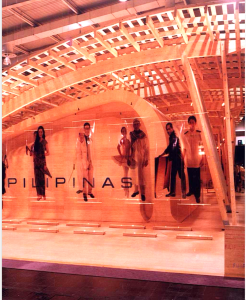
Expo 2000 – Hannover, Germany
It was designed primarily to showcase the multi-faceted personality and multitude of talents of the Filipino. Featuring the carious faces of the Filipino, our technological capabilities, artistic talents, and design sensibilities. A display of products and services that are uniquely Filipino.
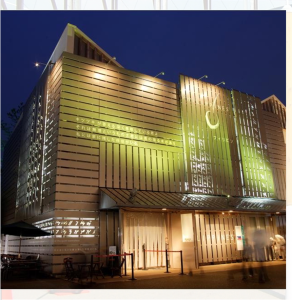
Expo 2005 – Aichi, Japan
The 2005 Expo in Aichi Japan, focused on “Nature’s Wisdom”, centering on environmental sustainability. The Philippine Pavilion showcased the country’s rich biodiversity and commitment to preserving natural resources. Exhibits highlighted eco-tourism, biodiversity conservation, and the balance between cultural heritage and sustainability, reflecting the Philippines’ initiatives for global environmental stewardship.
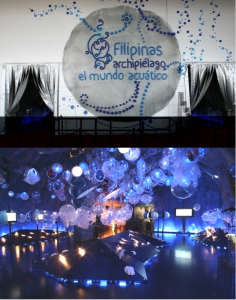
Expo 2008 – Zaragoza, Spain
Visitors to the Pavilion find themselves in a deep blue space, where illumination appears to be emitted by objects inside spheres hanging in mid-air. The biggest spheres have objects or images floating in them. These objects–in bone China, embroidery on pina and jusi, etching on acetate, and photographs–to refer to more than 150 water management projects all over the Philippines mostly water-based resources grassroots environmental projects.
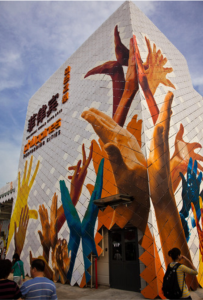
Expo 2010 – Shanghai, China
At Expo 2010 in Shanghai themed “Better City, Better Life”, the Philippines presented its vision for sustainable urban development. The pavilion highlighted vital cities like Manila and Cebu as centers of culture and innovation, showcasing how the Philippines balances modern urbanization with sustainable practices and social inclusivity.
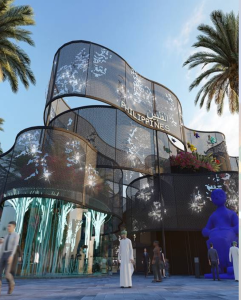
Expo 2020 – Dubai, UAE
Participating in Expo 2020 in Dubai, the Philippines featured the pavilion “Bangkóta”, designed to symbolize a coral reef, representing the interconnectedness of the Filipino people and their relationship with nature. The pavilion celebrated Filipinos’ resilience, creativity, and cultural diversity while promoting innovative solutions to global challenges, particularly climate change-related ones.
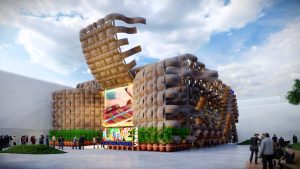
Expo 2025 – Osaka, Japan
Returning to Osaka for Expo 2025, the Philippines aims to continue its legacy from previous expos. With the theme “Designing Future Society for Our Lives”, the Philippine Pavilion will focus on “Nature, Culture, & Community”, showcasing how these elements intertwine to create a sustainable future. The pavilion will highlight the nation’s natural beauty, rich cultural diversity, and innovative approaches to fostering inclusive communities.